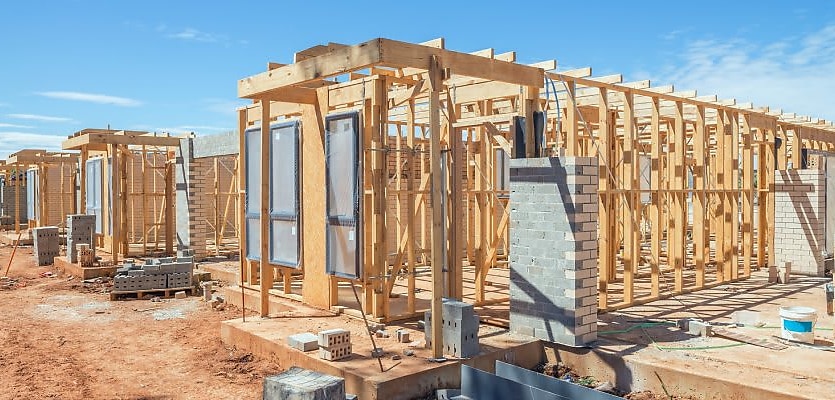With the housing affordability crisis reaching alarming levels, a software company has warned that the slow adoption of tech across the construction sector is making matters worse.
Software company PlanRadar has called out the construction industry for its slow adoption of tech, warning it could significantly exacerbate current shortages.
Citing projections from the State of the Nation’s Housing Report 2022–23 that over 1.8 million new households are expected to form across Australia between 2023 and 2033, PlanRadar warned this growth is set to worsen the existing housing deficit, with an estimated cumulative shortfall of approximately 106,300 dwellings in the next five years and around 79,300 dwellings from 2023 to 2033.
The tech company’s digital construction specialist Leon Ward expressed “it’s important to recognise that unequal access to and adoption of construction technology tools have also played a significant role in creating this divide”.
PlanRadar described how outdated construction methods and technologies can result in a range of various inefficiencies such as higher construction costs and an increased chance of missed deadlines.
These logistical shortcomings were cited by PlanRadar as contributing to the scarcity of available housing for Australians and consequently escalating housing affordability challenges.
The adverse effects of slower tech adoption were stated by the tech provider as stretching beyond the current crisis, more broadly hindering construction’s implementation of innovative and sustainable practices.
The lack of advanced digital tools for project management, resource optimisation and collaboration was noted by PlanRadar as hindering construction firms from remaining competitive within an increasingly cutthroat market.
The tech firm attributed industry-wide hesitancy to many construction companies not wanting to invest in the software, hardware and training involved in technology adoption, with the reluctance most obvious among smaller firms.
This technological aversion is further complicated by the potential skills gap in digital literacy among construction workers, which PlanRadar said requires even more investment into training and upskilling of workforces.
Nevertheless, Ward was ardent in stating his belief that to address the challenges within the Australian residential construction sector, “it is crucial to prioritise the adoption of technology”.
“From efficiency gains to cost-effectiveness and sustainability, embracing digital tools is a significant support driving positive outcomes in the Australian real estate sector,” he concluded.









